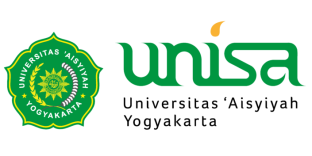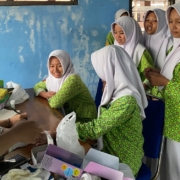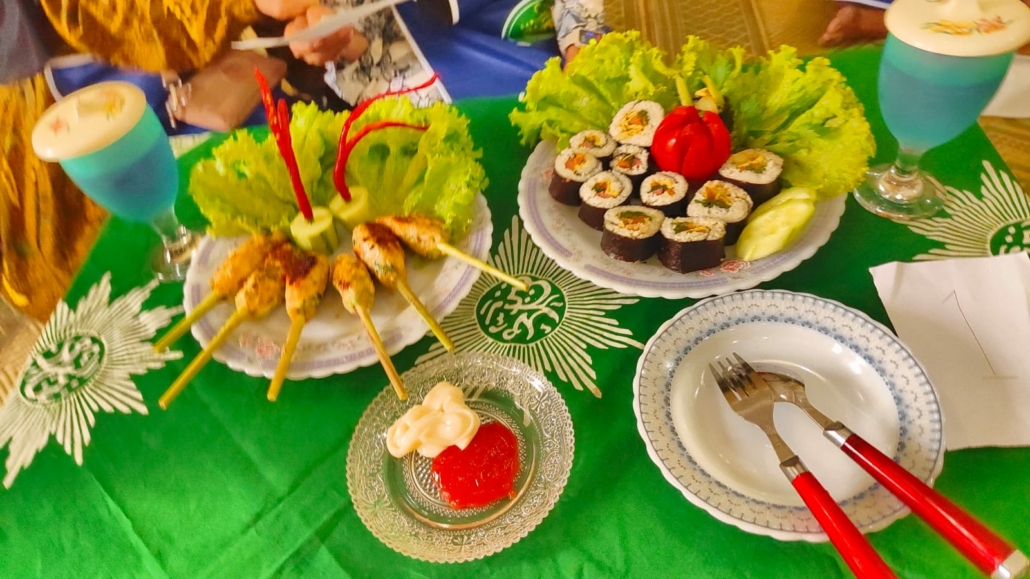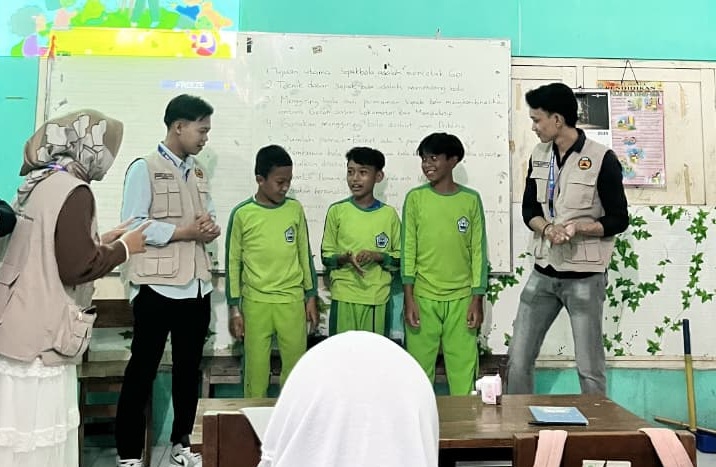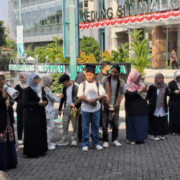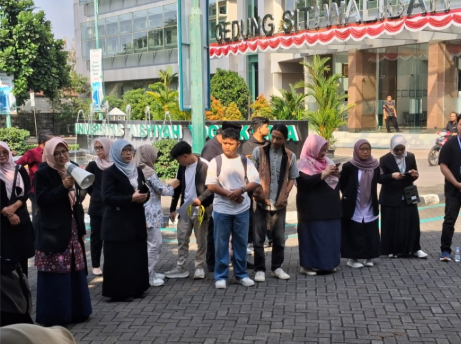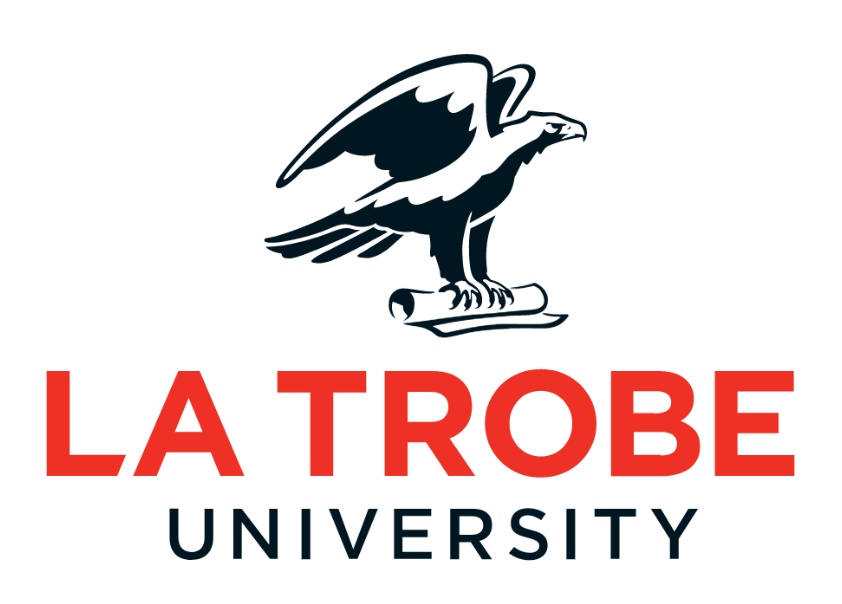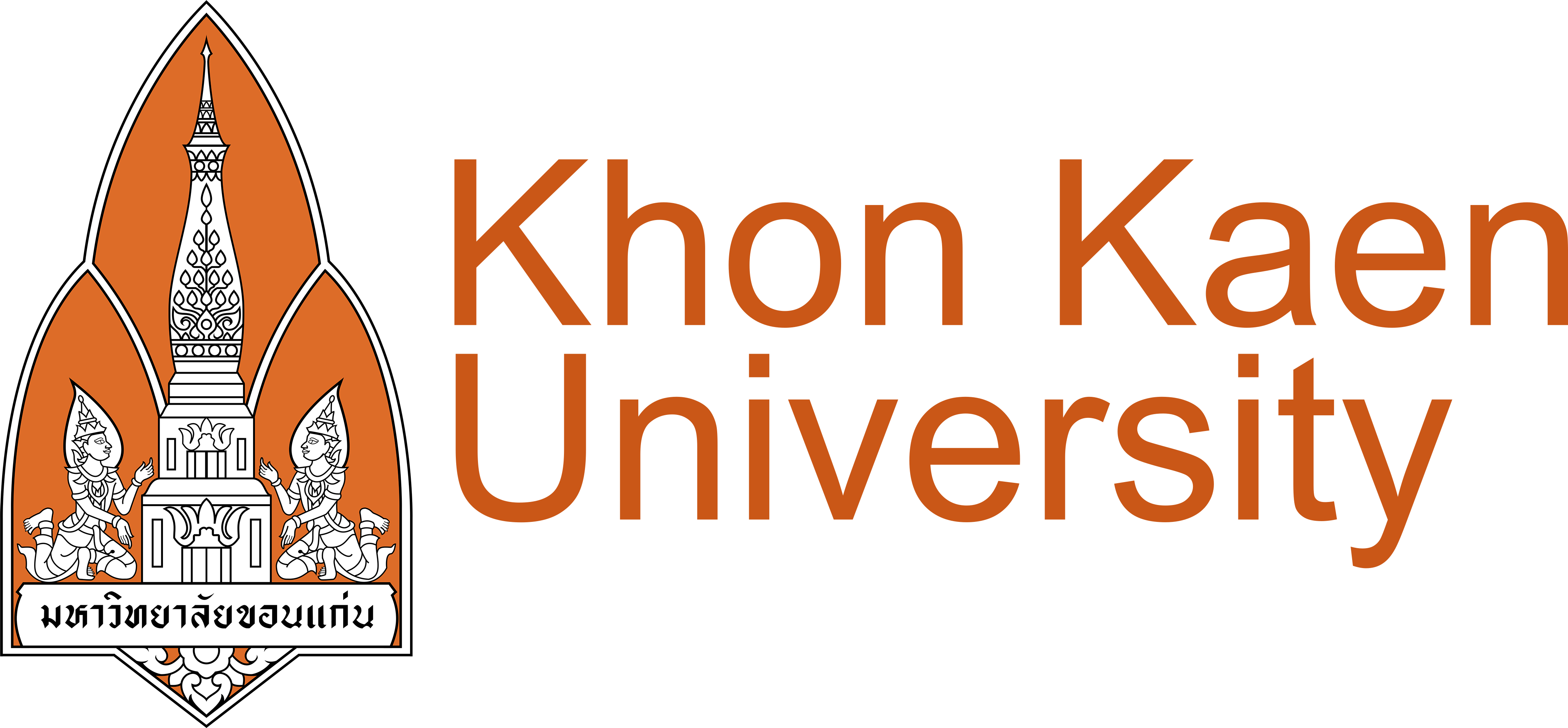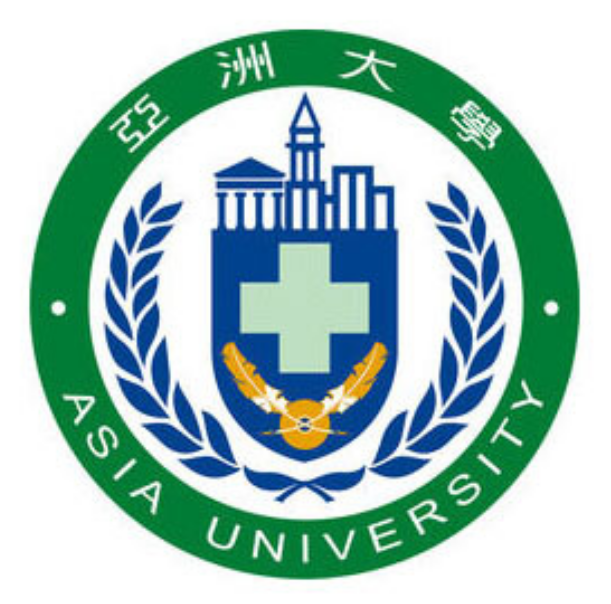Students from the Real Work Field Study Program (KKN) Group 39 of ‘Aisyiyah University (UNISA) Yogyakarta carried out an educational program and practical action to prevent anemia at MTs 3 Bantul. This activity, which was aimed at all ninth grade female students, was motivated by the high incidence of anemia among adolescents, which can interfere with their concentration in class and reduce their academic performance.
Ammara, a member of KKN Group 34, explained that the activity, which took place on Tuesday (8/26/2025), began in the morning after reciting the Qur’an. The KKN students provided interactive material on anemia, ranging from its definition and symptoms to its adverse effects on health. The material was presented in an enjoyable manner using PowerPoint and light discussions so that the students could understand it more easily.
As a concrete step, the KKN students also conducted health tests to measure the hemoglobin (Hb) levels of the female students. They also distributed Iron Supplement Tablets (TTD) and provided education on the proper way to consume them and the importance of taking TTD regularly.
Through this activity, UNISA Yogyakarta KKN students hope that the female students of MTs 3 Bantul will have a better understanding of the importance of preventing anemia from an early age. With awareness of nutritious eating habits and the practice of consuming TTD, it is hoped that they will grow into a healthy, active, and accomplished generation.

